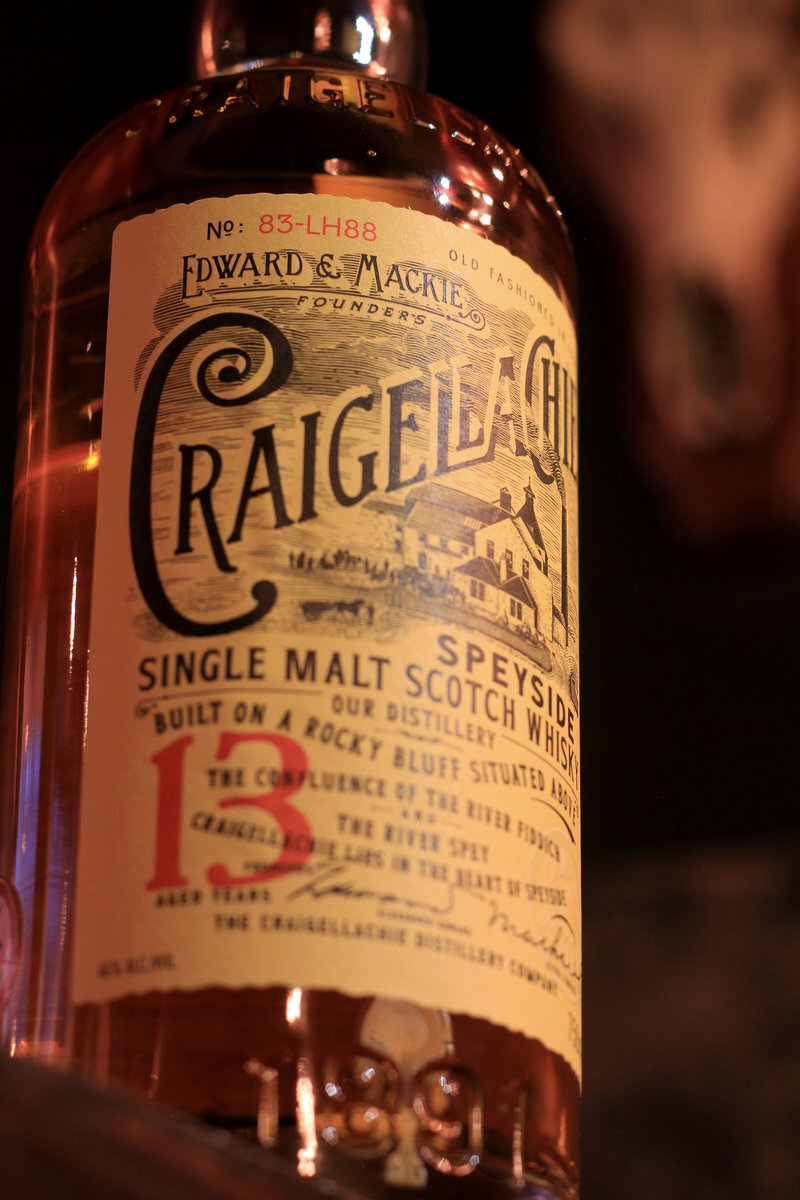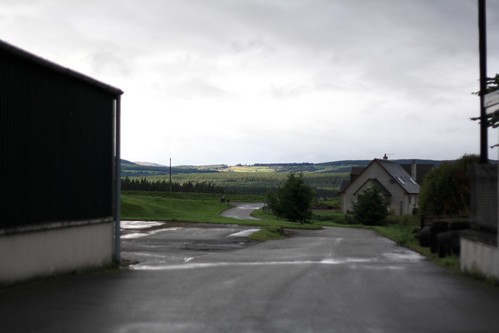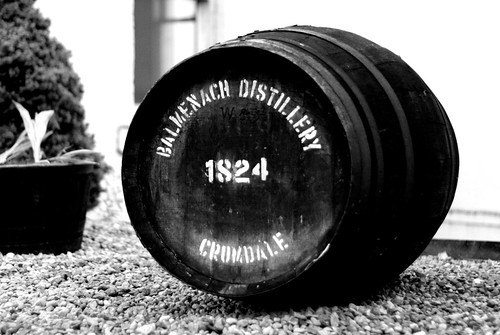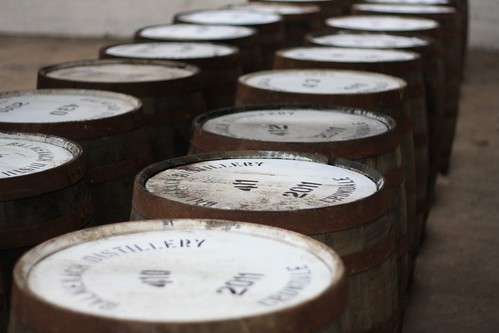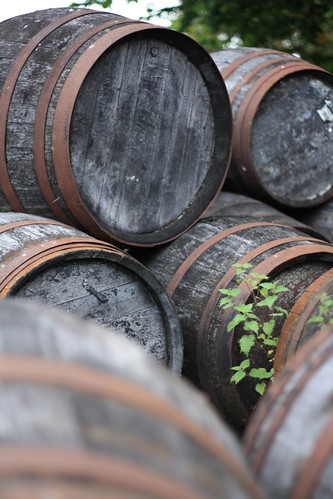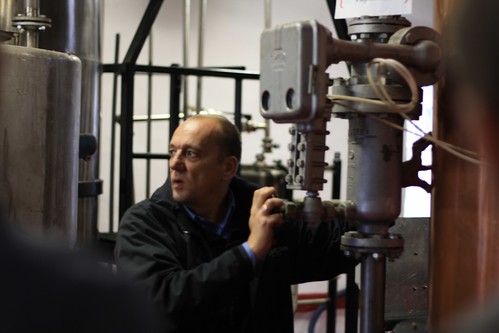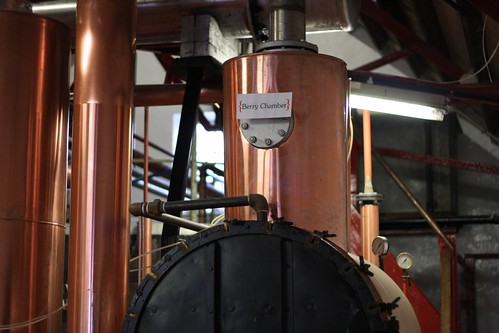Lockdown recipe diary #7: Windrose
This is, I think, the most recent recipe I’ve posted so far - it’s a drink I created for the menu at the Last Word in 2019. I remember thinking that I wanted to do something like an equal parts recipe (along the lines of a Corpse Reviver #2 spec, or a Paper Plane), mostly because while the whisky I was using wasn’t inexpensive and that formula allows you to block in less pricey ingredients.
Price wasn’t the only motivating factor - the whisky is also pretty lively and more than capable of coming through against other flavours. On paper, I was aiming for something like:
1 part whisky
1 part citrus
1 part fortified wine / aperitif
1 part sweetener
I was set on making a sour-type drink but I wasn’t particularly interested in doing anything too outlandish here so that would be a straight choice between lemon and lime juice. I settled on ginger wine for the fortified/aperitif slot pretty quickly for more or less the same reasons I’d used it in the Alloway (which I posted about two weeks ago, but had put together something like two years before), and I initially left the sweetener slot open to see what worked. I had that down to a choice between an orange curaçao and a carob liqueur we’d made for the Lucky Liquor Co.
The curaçao was fine but the carob liqueur made the drink a bit more interesting without distracting too much from the other flavours, but I definitely remember the first version of this didn’t work exactly as I’d have liked. It was a little too heavy and needed some lighter, brighter notes so I decided to tweak the formula a little and bring in a little apple brandy, and ended up with:
Windrose
15 ml / 0.5 oz single malt whisky (Bramble Whisky Co. Glenglassaugh 6 yo)
15 ml / 0.5 oz apple brandy (Somerset 3yo cider brandy)
20 ml / 0.66 oz ginger wine
20 ml / 0.66 oz carob liqueur
20 ml / 0.66 oz lemon juice
Pour all ingredients into a cocktail shaker, fill it with cubed ice and shake for 10-15 seconds. Fine-strain into a chilled coupe/martini or Nick & Nora glass, and garnish with an apple fan.
It’s often the case that there’s a difference between what you want to do and what works best in the glass and the Windrose is obviously no longer an equal parts recipe. There’s three parts of spirit (split between the whisky and the apple brandy) to two parts of each of the other elements but I think it’s a better drink for having broken with my original intention.


